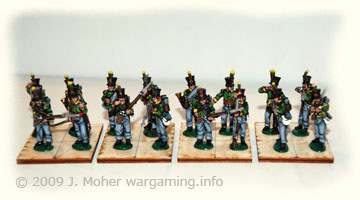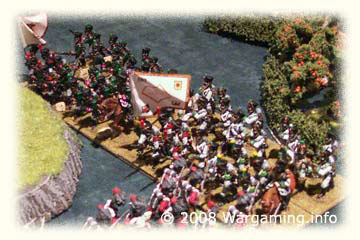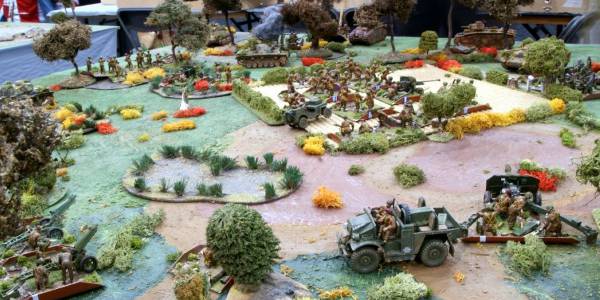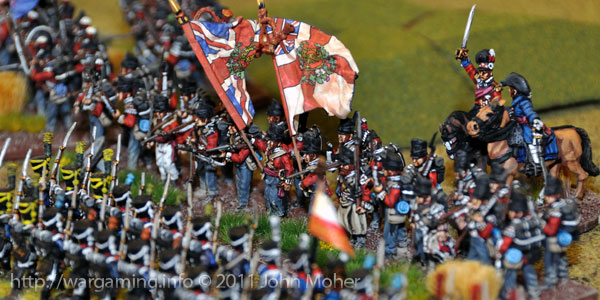
It had been a tough 2 days – having taken a heavy knock from the advanced elements of Napoleon’s invasion force (Lasalle in the Hundred Days), the elements of Picton’s Division involved had withdrawn, thankful for their temporary superiority in light cavalry, and gradually collected the stragglers and remnants of their regiments to be reconstituted as fair fighting forces again, albeit in reduced numbers… The 42nd Royal Highlanders had been detached to rejoin 9th Brigade on flank guard duty, but the latter had sent the 3/1st Royal Scots in their place – Picton was glad for the fresh, as yet uncommitted battalion. The Duke had sent word of his intent to now try and rally the Anglo-Dutch forces at a position to Picton’s rear, but that Picton must hold his position for a day to allow them time to assemble – so Picton found himself staring at what must be the most desolate part of the Southern Netherlands (i.e. Belgium), scanning the horizon for sign of the French…
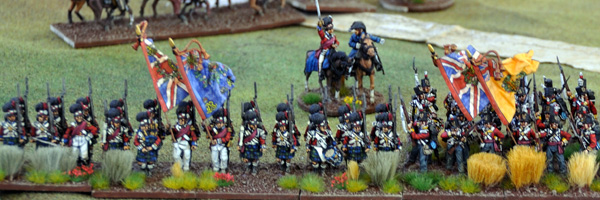

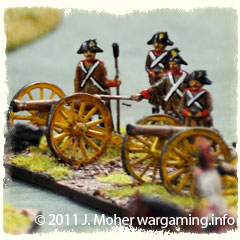
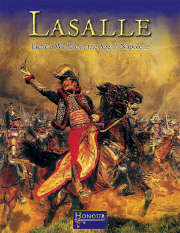
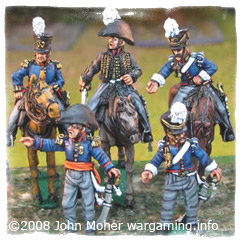
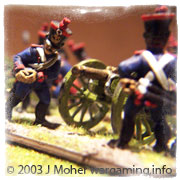
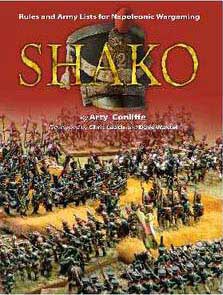 Over the years I have dabbled with numerous rule sets for Napoleonics, starting with some home grown ones, and most notably a Bruce Quarrie inspired concept based on articles in Military Modelling (UK) in the early 1980’s referring to gaming Quatre Bras and Waterloo with Airfix Plastic figures at 10 figures per battalion! Years later I had moved on, and although the club I belonged to had a scattering of players who played Napoleonics in 15mm (with Corps d’Armee rules) and 25mm (with club rules developed from Paddy Griffith works) I had moved on to 1/300th scale (6mm) to enable large grand battles with huge forces, and was using the Anschluss “Ebb & Flow” rules – designed for fighting large mass battles in 1/300th scale, and representing every battalion and skirmisher formation, and using no dice! Frank Chadwick’s Volley & Bayonet was also around, and although a generally good rule set it best suited 1/300th scale (which I we played for a while and got quite good game results historically) – but which for me lacked the visual appeal.
Over the years I have dabbled with numerous rule sets for Napoleonics, starting with some home grown ones, and most notably a Bruce Quarrie inspired concept based on articles in Military Modelling (UK) in the early 1980’s referring to gaming Quatre Bras and Waterloo with Airfix Plastic figures at 10 figures per battalion! Years later I had moved on, and although the club I belonged to had a scattering of players who played Napoleonics in 15mm (with Corps d’Armee rules) and 25mm (with club rules developed from Paddy Griffith works) I had moved on to 1/300th scale (6mm) to enable large grand battles with huge forces, and was using the Anschluss “Ebb & Flow” rules – designed for fighting large mass battles in 1/300th scale, and representing every battalion and skirmisher formation, and using no dice! Frank Chadwick’s Volley & Bayonet was also around, and although a generally good rule set it best suited 1/300th scale (which I we played for a while and got quite good game results historically) – but which for me lacked the visual appeal.